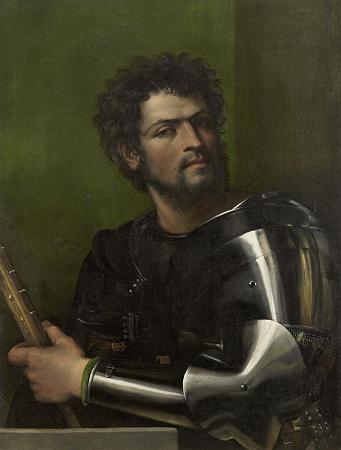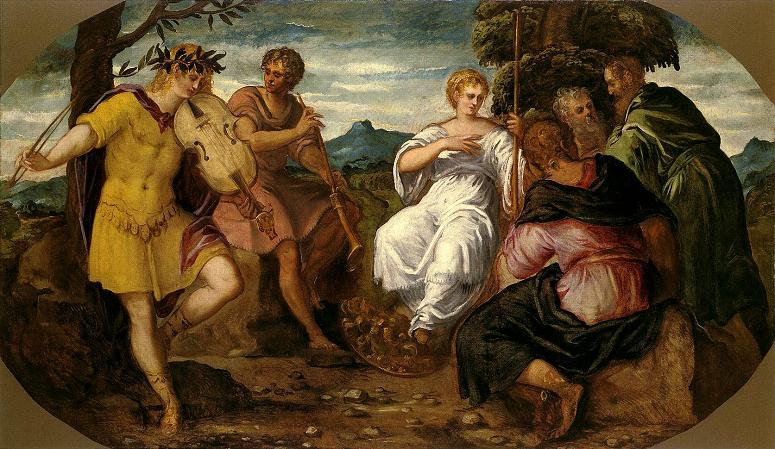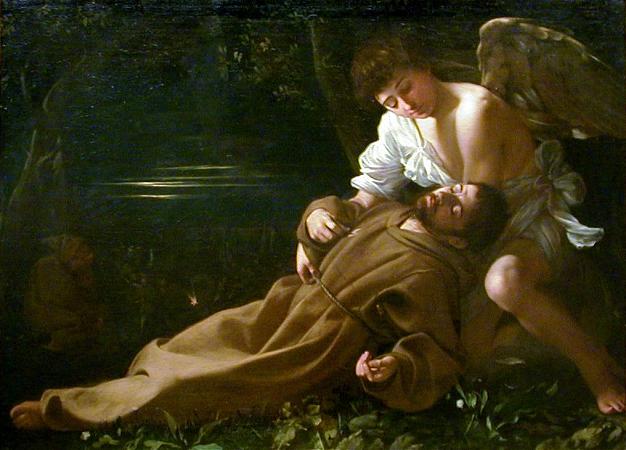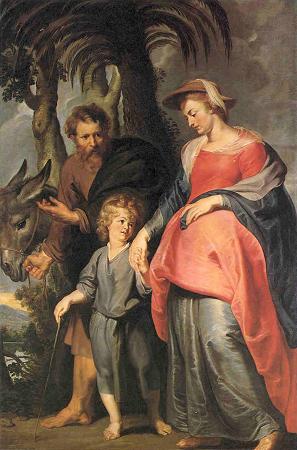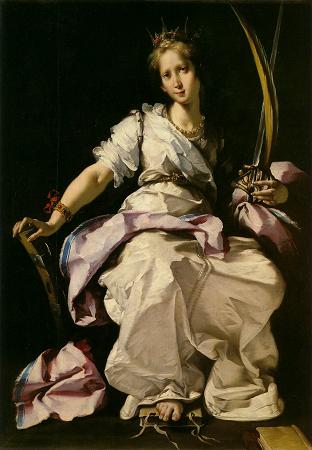Wadsworth Atheneum. The Wadsworth Atheneum is an art museum in Hartford, Connecticut. The Wadsworth is noted for its collections of European Baroque art, ancient Egyptian and Classical bronzes, French and American Impressionist paintings, Hudson River School landscapes, modernist masterpieces and contemporary works, as well as collections of early American furniture and decorative arts. Founded in 1842 and opened in 1844, it is the oldest continually operating public art museum in the United States. The museum is located at 600 Main Street in a distinctive castle-like building in downtown Hartford, Connecticut, the state's capital. With 75,000 square feet of exhibition space, the museum is the largest art museum in the state of Connecticut. It was listed on the National Register of Historic Places in 1970. The museum is a member of the North American Reciprocal Museums program. The Wadsworth, as it is most commonly known, was constructed on the site of the family home of Daniel Wadsworth in the heart of downtown Hartford. Its architects were Alexander Jackson Davis and Ithiel Town, who designed the castle that is the Atheneum's oldest building. Construction began in 1842 after the museum was incorporated on June 1 of that year. The museum opened on July 31, 1844 and has operated continuously since then. The Wadsworth family, being one of the oldest and most affluent in the city, contributed numerous valuable pieces of art to be displayed at the time the museum opened. The first collection consisted of 78 paintings, two marble busts, one portrait miniature, and one bronze sculpture. In addition to the fine arts collection, the original building housed the forerunners of the Hartford Public Library and Connecticut Historical Society, giving rise to the name Atheneum, an institution broadly devoted to culture and learning. In light of that public role, the Wadsworth has, since its founding, played host to a wide variety of cultural and community activities, including dramatic and dance performances, exhibits of historical artifacts, social functions, and benefits. Building on the Wadsworth family's largess, generations of more recent donors have added to the museum's collections and resources. Foremost among them are Elizabeth Jarvis Colt, widow of firearms magnate Samuel Colt, and financier and Hartford native John Pierpont Morgan. They each contributed more than 1,000 objects to the museum's collections, the former a significant group of Hudson River School landscapes and the Colt firearms collection, the latter an assemblage of priceless Renaissance decorative arts and Colonial-era American furniture. Samuel P. Avery donated works ranging from a Babylonian clay tablet to Chinese Qing Dynasty porcelain and mid-19th century French sculpture, as well as funds for new construction, producing the country's first museum interior designed in the International Style. In 1927, the museum received a million-dollar bequest from banker Frank Sumner, establishing a sizable acquisitions endowment. In the hands of forward-thinking museum directors, particularly A. Everett Chick Austin and Charles Cunningham, the fund has enabled the purchase of major works by masters including Caravaggio, Dali, Gauguin, Miro, Strozzi, Tintoretto, Van Dyck, and Zurbarin. In the 1940s and 1950s, bequests by Clara Hinton Gould and Anne Parrish Titzell enriched the museum's holdings of Hudson River School and Impressionist paintings, with celebrated pieces by Church, Cole, Gifford, Monet, and Renoir entering the collection. In the same period, artwork and funds bequeathed to the museum by Henry Schnakenberg led to the acquisition of a group of Cypriot, Egyptian, and Greek antiquities as well as paintings by modernists including Peter Blume, Stuart Davis, and Reginald Marsh. The post-war and contemporary division has benefited from the generosity of Tony Smith and Susan Morse Hilles, whose gifts include groundbreaking works by Josef Albers, Jackson Pollock, Barnett Newman, Robert Rauschenberg, and Mark Rothko. With funds given by the Archibald, Goodwin, Keney, and Smith families, and by Alexander Goldfarb and Charles Schwartz, the museum has acquired valuable pieces by Alexander Calder, Artemisia Gentileschi, Cindy Sherman, Bill Viola, and Kara Walker. In 2001, the museum announced a large-scale $100 million expansion designed by the Amsterdam-based architects UNStudio; the architects were chosen from a short list of innovative design teams, including Zaha Hadid, Thom Mayne, and Brad Cloepfil. The design required demolishing the Goodwin Building, put up in 1969, and enclosing the Avery Courtyard. However, the proposal was scrapped in 2003 due to fundraising difficulties and changes in the museum's leadership.
more...


